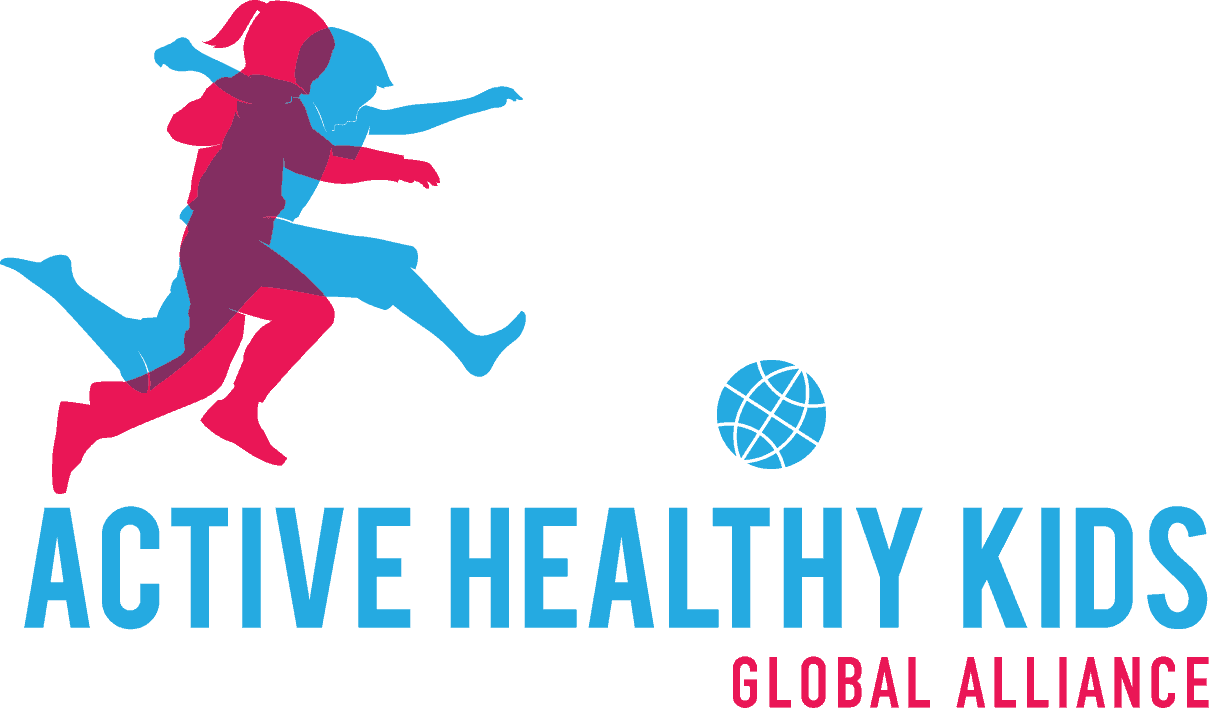Conference Abstract: Movement to Move
2018 Nigerian Report Card on Physical Activity for Children and Youth
*Adeniyi AF1,2, Akinroye KK2, Odukoya OO3, Adedoyin RA4, Odior S5, Oyeyemi AL6, Metseagharun E7, Fawehinmi O2, Ezeigwe N8, Ayorinde RO9
1Department of Physiotherapy, College of Medicine University of Ibadan and University College Hospital, Ibadan, Nigeria
2Nigerian Heart Foundation, Lagos, Nigeria
3Department of Community Health and Primary Care College of Medicine, University of Lagos, Lagos, Nigeria
4Department of Medical Rehabilitation, College of Health Sciences, Obafemi Awolowo University, Ile-Ife, Nigeria
5National Institute for Sports, Surulere, Lagos, Nigeria
6Department of Medical Rehabilitation, College of Medical Sciences University of Maiduguri, Maiduguri, Nigeria
7Project Healthy Kids, Lagos, Nigeria
8National Coordinator NCD Division, Federal Ministry of Health, Nigeria
9Lagos State Ministry of Health, ALausa, Lagos
*Corresponding author (adeniyifatai@yahoo.co.uk)
Brief Introduction
Children and youth dominate the Nigerian population hence there is a need to keep the population healthy. With the global surge in noncommunicable diseases, it is especially important to promote an active lifestyle among the population. An appraisal of physical activity through the Report Card will engender a healthy youth population.
Methods
The 2018 Nigerian Report Card on Physical Activity for Children and Youth is a build-up on the 2014 and 2016 editions of the Report Card. Core indicators including the Overall Physical Activity, Organized Sport and Physical Activity, Active Play, Active Transportation, Sedentary Behaviours, Family and Peers, School, Community and Environment, and Government were graded. The grades ranged from A to D, then F and INC (incomplete) with A representing a huge success in the indicator.
Results including Table of Grades
Indicators were graded as seen in Table 1. Physical fitness, family and peers and community and environment could not be graded on account of paucity of data. It was observed that 30-52% of children in the target age bracket are physically active, while 39.7% of that population in urban and 43.7% in rural areas participate in organized sports. There is a demonstrated progress through the key stages of public policy making with respect to school Physical Education programmes, approval of Sport Academies, empowerment of non-governmental organizations in grassroot sports, establishment of government owned public parks and construction of model schools that have facilities for physical activity programmes.
Table 1: Grades for Nigeria’s 2018 Report Card
| Indicator |
Grade |
| Overall Physical Activity |
C |
| Organized Sport and Physical Activity |
C- |
| Active Play |
C |
| Active Transportation |
B |
| Sedentary Behaviours |
B- |
| Physical Fitness |
INC |
| Family and Peers |
INC |
| School |
C- |
| Community and Environment |
INC |
| Government |
B |
Conclusions / recommendations
Albeit data paucity on important indicators for the Report Card, available data shows Nigeria is making slow but positive progress in physical activity of children and youth. Previous indicators did not nosedive, while some witnessed slight upgrades. Availability of data on those with incomplete grading will enhance further Report Cards.








